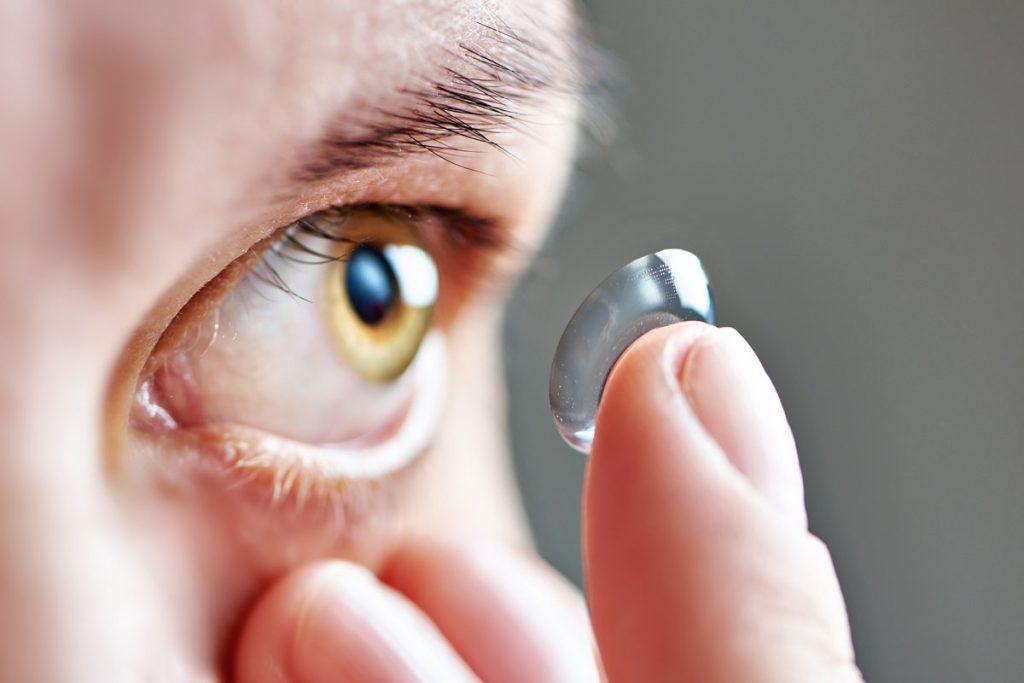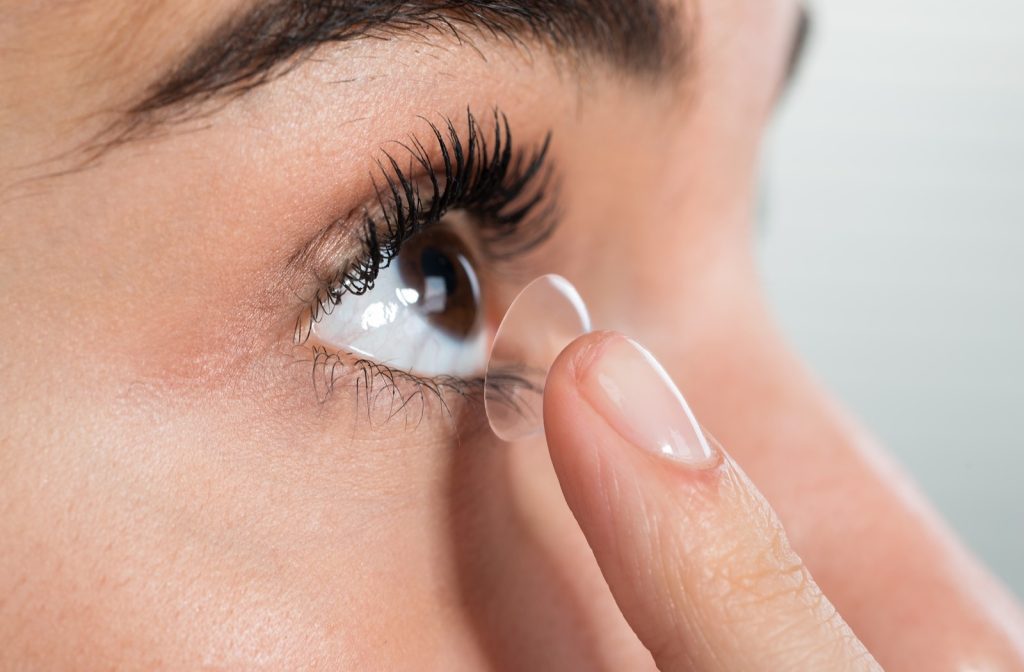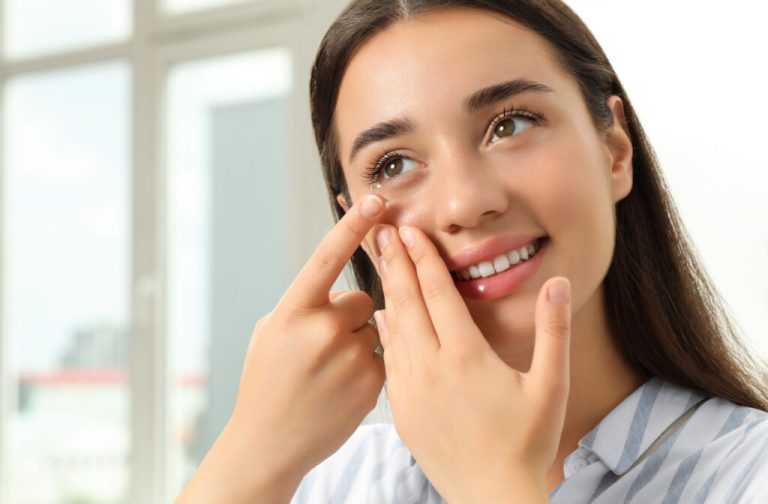
Why Can’t You Wear Contact Lenses in the Shower
Why Can’t You Wear Contact Lenses in the Shower?
It may seem harmless to keep your contact lenses in while showering. After all, you’re just getting clean, right? Unfortunately, wearing contacts in the shower exposes your eyes to serious risks that aren’t worth taking. Why can’t you wear contact lenses in the shower?This guide explains the dangers and why it’s critical to remove your lenses first.
Water Exposure Breeds Bacteria
The main reason for not wearing contacts in the shower is the bacteria levels found in water. Tap water contains microorganisms like Pseudomonas and Acanthamoeba that can adhere to lenses and cause eye infections. Well water and localities with poor water treatment have even higher bacteria concentrations.
Letting these germs make direct contact with your eyes by wearing lenses in the shower is asking for trouble. The bacteria bind to the lens material and get trapped underneath, where they multiple rapidly in the moist environment on your eye. This leads to microbial keratitis – a potentially blinding corneal infection.
Lenses Absorb Water Contaminants
Beyond bacteria, shower water may contain traces of dirt, chlorine, minerals, hair products, soaps and other contaminants. Contact lenses absorb at least some of these impurities from water exposure. When you blink, the contaminants get pulled underneath the lens directly onto your cornea.
Depending on the contaminants involved, this could cause allergic reactions, corneal staining or abrasions, and discomfort. Your eyes could become irritated and red. The longer lenses absorb water contaminants, the more risk increases. Showering with lenses acts like a contaminant sponge on your eyes.
Steam Can Loosen Lens Fit
The heat and humidity from shower steam can cause some contact lens materials to slowly loosen and change shape while being worn. As lenses subtly warp, they may dislodge, shift position, or develop wrinkles that irritate the cornea. Dislodged lenses increase your odds of losing them down the drain too.
At minimum, the steam creates lens discomfort due to dehydration and lack of oxygen flow. Chronically exposing lenses to steam speeds up their deterioration as well. Your lenses simply weren’t designed to withstand shower environments.
Excess Water Causes Lens Problems
While some water exposure is expected with contact lens wear from blinking and natural tear production, immersing lenses in shower water takes things too far. The excessive moisture oversaturates the lens materials, causing them to swell up improperly.
Swollen lenses no longer maintain their prescribed shape for properly correcting your vision. They can develop wrinkles, dislodge, trap water bubbles underneath, stick to your eye, and generally become unwearable. The distortion blurs your eyesight while wearing them after showering.
Eyelid Motion Could Dislodge Lenses
Keeping your eyes closed while directly facing the shower stream is difficult. You’ll inevitably need to open your eyes at times, exposing lenses to water flushing. The combination of blinking to clear water from your eyes and shampoo running down your face creates movements that boost dislodging risks.
Having a lens pop out in the shower makes retrieving it challenging. It could easily get washed down the drain if you don’t find it quickly. Replacing disposable lenses is costly, while losing a specialty lens is an even bigger headache.
Removing Makeup First is Essential
If you’ll be removing makeup before showering, that step must happen prior to taking out your contact lenses first too. Working any makeup remover solution near your eye area with lenses still in allows solution exposure and potential absorption into the porous lens materials.
Not only does this degrade the lenses, but it also transfers makeup residue from the solution directly onto the lens surface. From there, the residue transfers into your eye upon blinking, leading to potential styes, irritation and vision problems. Always remove contacts before any makeup removal!
Risk Factors Are Cumulative
While any single exposure risk may seem minimal alone, the reality is these factors combine cumulatively every time you shower while wearing contacts. Bacteria, chemical absorption, steam distortion, lens dislodging – it all adds up over time to seriously jeopardize your eye health and vision.
Perhaps showering in lenses once won’t immediately cause an infection, but frequently doing so makes developing eye problems inevitable. Good contact lens hygiene demands removing them before any shower or water exposure.

How to Properly Shower Without Lenses
The right way to shower safely is to remove your contact lenses first before getting in. Have a clean case and fresh solution standing by to store them in while showering. Once out of the shower, you can reinsert your lenses following standard hygiene practices.
If you wear makeup, fully remove all eye makeup before taking out your lenses to avoid transferring residue. Be diligent about washing your hands and fingers thoroughly before any contact lens handling too.
For showering convenience, many eye care professionals actually recommend using daily disposable lenses. You simply remove and discard the lenses before showering, then open a fresh pair after drying off.
Better Safe Than Sorry
Does keeping lenses in during a quick shower occasionally truly cause harm? Perhaps not in isolation. However, minimizing any unnecessary risks comes with being a responsible contact lens wearer. Consistently poor practices invite bacteria and debris that lead to eye infections and injuries over time.
Playing it safe by removing your lenses first not only protects your precious eyes and vision, but also extends the life of your lenses. A few minutes of inconvenience showering without them is well worth it. Your long-term ocular health depends on diligently following lens care protocols like this.

In Summary
While it may not seem like a big deal, showering in contact lenses creates multiple risk factors for developing eye infections, injuries and vision issues. From bacteria exposure to absorption of water contaminants, steam warping, and dislodging forces – the cumulative effects are too significant to ignore. Take the safer approach by simply removing your lenses before any shower and reinserting them only once fully dry. A few short minutes inconvenience is a small price for maintaining lifelong eye health.
Wearing contact lenses in the shower is not recommended due to the risk of exposing the lenses to waterborne microorganisms, such as bacteria and amoebae, which can lead to serious eye infections. Additionally, contact lenses can absorb water, causing them to change shape and stick to the eye, leading to discomfort and potential damage to the cornea. To avoid these risks, it is essential to follow proper hygiene practices and remove contact lenses before showering or swimming. By prioritizing eye health and safety, individuals can minimize the risk of complications and maintain optimal vision and comfort when wearing contact lenses.



